Development of Enhancing Battery Management for Reusing Automotive Lithium-Ion Battery
Abstract
:1. Introduction
2. Enhancing Battery Management of Extending Life for RLIB
3. Adaptive Control Scheme for Estimating OCV and IRs
4. Setup of Test Bench
5. Results
5.1. Life Extension Test by Using An Ultracapacitor
5.2. Estimation of OCV and IRs
5.2.1. Experiment 1
5.2.2. Experiment 2
6. Conclusions
Author Contributions
Funding
Conflicts of Interest
Nomenclature
| DOD | depth of discharge, % |
| ECM | electrical circuit model |
| IGBT | insulated gate bipolar transistor |
| vb | voltage of battery, A |
| voc | open-circuit voltage (OCV), V |
| PWM | pulse-width modulation |
| RLIB | reused lithium-ion battery |
| Rs | first-order, ohm |
| Rt | second-order, ohm |
| ib | battery current, A |
| vc | voltage across RC circuit, V |
| IRS | current across RC curcuit based on ECM, A |
| SoC | state of charge, % |
| T | temperature, K |
| h | historical data |
| u | adjustable for input parameters |
| UC | ultracapacitor |
| estimated results of target parameters | |
| Ct | first-order capacitance based on ECM, C |
| Subscripts: b, c, oc, s, t: battery, capacitance, open-circuit, first-order, second-order parameter, based on ECM. | |
References
- Van der Hoek, J.P.; Mol, S.; Giorgi, S.; Ahmad, J.I.; Liu, G.; Medema, G. Energy recovery from the water cycle: Thermal energy from drinking water. Energy 2018, 162, 977–987. [Google Scholar] [CrossRef]
- Bala, B.K.; Alam, M.S.; Debnath, N. Energy Perspective of Climate Change: The Case of Bangladesh. Strateg. Plan. Energy Environ. 2014, 33, 6–22. [Google Scholar] [CrossRef]
- Wai, R.; Jhung, S. Design of energy-saving adaptive fast-charging control strategy for Li-FePO4 battery module. IET Power Electron. 2012, 5, 1684–1693. [Google Scholar] [CrossRef]
- Omar, N.; Daowd, M.; Hegazy, O.; Mulder, G.; Timmermans, Je.; Coosemans, T.; van den Bossche, P.; van Mierlo, J. Standardization Work for BEV and HEV Applications: Critical Appraisal of Recent Traction Battery Documents. Energies 2012, 5, 138. [Google Scholar] [CrossRef]
- Song, X.; Hu, S.; Chen, D.; Zhu, B. Estimation of waste battery generation and analysis of the waste battery recycling system in China. J. Ind. Ecol. 2017, 21, 57–69. [Google Scholar] [CrossRef]
- Provazi, K.; Campos, B.A.; Espinosa, D.C.R.; Tenório, J.A.S. Metal separation from mixed types of batteries using selective precipitation and liquid–liquid extraction techniques. Waste Manag. 2011, 31, 59–64. [Google Scholar] [CrossRef] [PubMed]
- Chiang, Y.-H.; Sean, W.-Y.; Wu, C.-H.; Huang, C.-Y. Development of a converterless energy management system for reusing automotive lithium-ion battery applied in smart-grid balancing. J. Clean. Prod. 2017, 156, 750–756. [Google Scholar] [CrossRef]
- Richa, K.; Babbitt, C.W.; Gaustad, G.; Wang, X. A future perspective on lithium-ion battery waste flows from electric vehicles. Resour. Conserv. Recycl. 2014, 83, 63–76. [Google Scholar] [CrossRef]
- Ahmed, R.; Sayed, M.E.; Arasaratnam, I.; Tjong, J.; Habibi, S. Reduced-Order Electrochemical Model Parameters Identification and SOC Estimation for Healthy and Aged Li-Ion Batteries Part I: Parameterization Model Development for Healthy Batteries. IEEE J. Emerg. Sel. Top. Power Electron. 2014, 2, 659–677. [Google Scholar] [CrossRef]
- Shareef, H.; Islam, M.M.; Mohamed, A. A review of the stage-of-the-art charging technologies, placement methodologies, and impacts of electric vehicles. Renew. Sustain. Energy Rev. 2016, 64, 403–420. [Google Scholar] [CrossRef]
- Zhang, Y.; Sivakumar, M.; Yang, S.; Enever, K.; Ramezanianpour, M. Application of solar energy in water treatment processes: A review. Desalination 2018, 428, 116–145. [Google Scholar] [CrossRef] [Green Version]
- Bendary, A.F.; Ismail, M.M. Battery Charge Management for Hybrid PV/Wind/Fuel Cell with Storage Battery. Energy Procedia 2019, 162, 107–116. [Google Scholar] [CrossRef]
- Ibrahim, H.; Ilinca, A.; Perron, J. Energy storage systems—Characteristics and comparisons. Renew. Sustain. Energy Rev. 2008, 12, 1221–1250. [Google Scholar] [CrossRef]
- Ng, K.S.; Moo, C.-S.; Chen, Y.-P.; Hsieh, Y.-C. Enhanced coulomb counting method for estimating state-of-charge and state-of-health of lithium-ion batteries. Appl. Energy 2009, 86, 1506–1511. [Google Scholar] [CrossRef]
- Speirs, J.; Contestabile, M.; Houari, Y.; Gross, R. The future of lithium availability for electric vehicle batteries. Renew. Sustain. Energy Rev. 2014, 35, 183–193. [Google Scholar] [CrossRef]
- Chiang, Y.H.; Sean, W.Y.; Ke, J.C. Online estimation of internal resistance and open-circuit voltage of lithium-ion batteries in electric vehicles. J. Power Sources 2011, 196, 3921–3932. (In English) [Google Scholar] [CrossRef]
- Hannan, M.A.; Lipu, M.S.H.; Hussain, A.; Mohamed, A. A review of lithium-ion battery state of charge estimation and management system in electric vehicle applications: Challenges and recommendations. Renew. Sustain. Energy Rev. 2017, 78, 834–854. [Google Scholar] [CrossRef]
- Shuo, P.; Farrell, J.; Jie, D.; Barth, M. Battery state-of-charge estimation. In Proceedings of the 2001 American Control Conference (Cat. No.01CH37148), Arlington, VA, USA, 25–27 June 2001; pp. 1644–1649. [Google Scholar]
- Salkind, A.J.; Fennie, C.; Singh, P.; Atwater, T.; Reisner, D.E. Determination of state-of-charge and state-of-health of batteries by fuzzy logic methodology. J. Power Sources 1999, 80, 293–300. [Google Scholar] [CrossRef]
- Farag, M. Lithium-Ion Batteries: Modelling and State of Charge Estimation. Master’s Thesis, McMaster University, Hamilton, ON, Canada, 2013. [Google Scholar]
- Hu, C.; Jain, G.; Tamirisa, P.; Gorka, T. Method for estimating capacity and predicting remaining useful life of lithium-ion battery. Appl. Energy 2014, 126, 182–189. [Google Scholar] [CrossRef]
- Wu, C.-H.; Chiang, Y.-H.; Sean, W.-Y.; Lo, S.-M.; Ke, J.-C.; Hung, Y.-H. Optimal designs and experimental verification for a hybrid energy storage system. In Proceedings of the 2010 International Symposium on Computer, Communication, Control and Automation (3CA), Tainan, Taiwan, 5–7 May 2010. [Google Scholar]
- Available online: http://www.mpoweruk.com/performance.htm (accessed on 1 May 2020).
- Marefat, H.; Jalalmaab, M.; Azad, N.L. Energy management of battery electric vehicles hybridized with supercapacitor using stochastic dynamic programming. In Proceedings of the 2018 SICE International Symposium on Control Systems (SICE ISCS), Piscataway, NJ, USA, 9–11 March 2018; pp. 199–205. [Google Scholar]
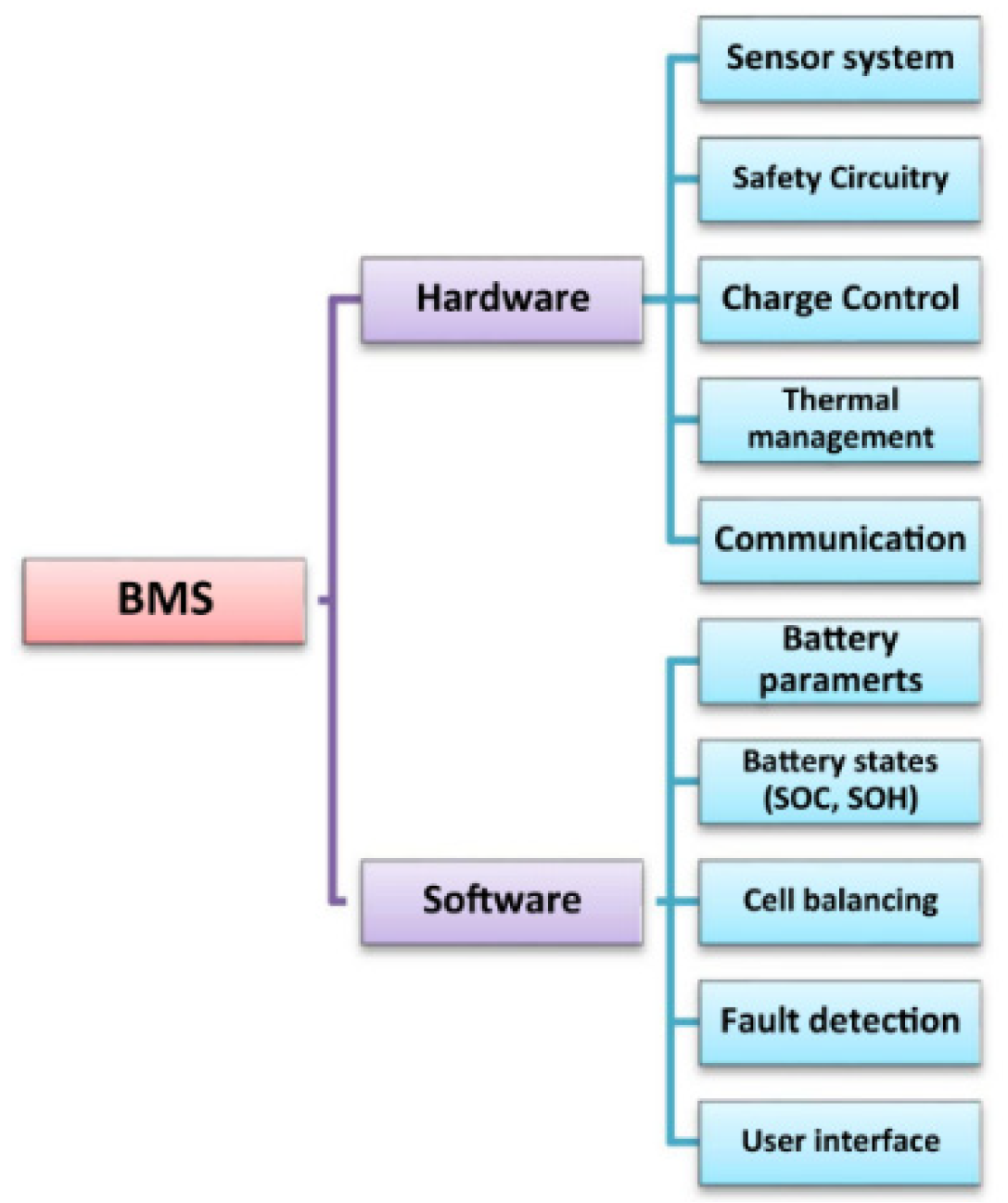
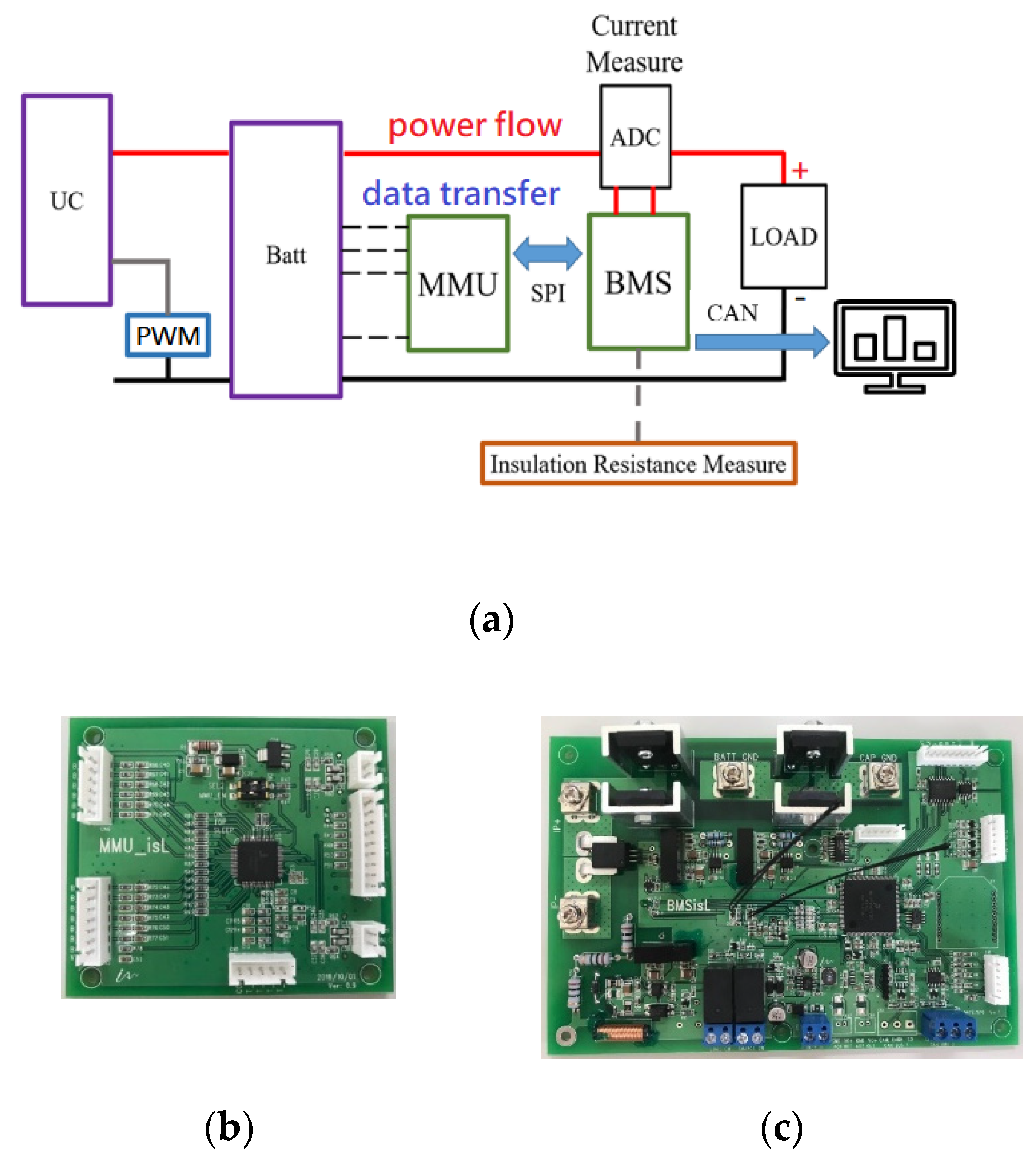
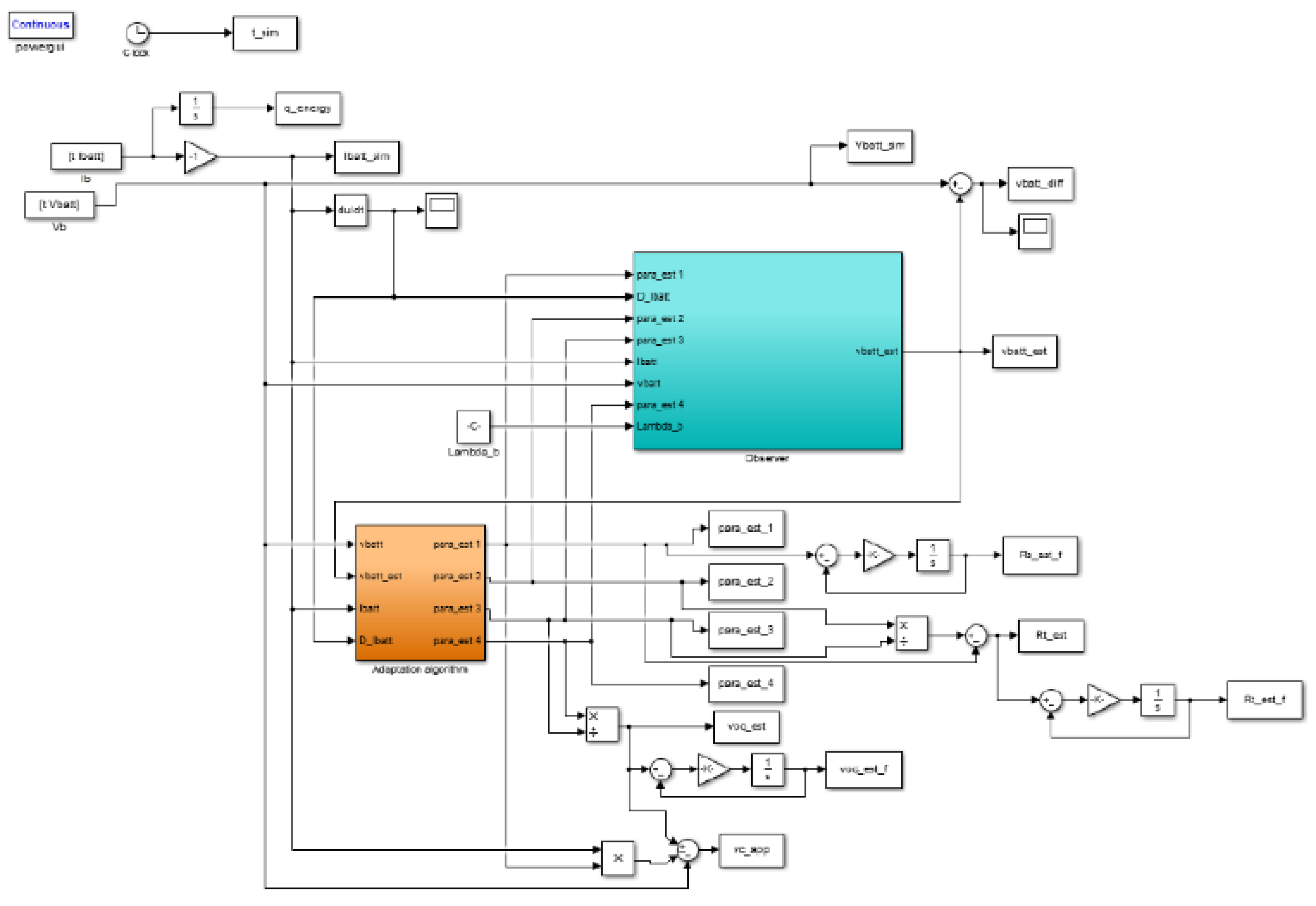
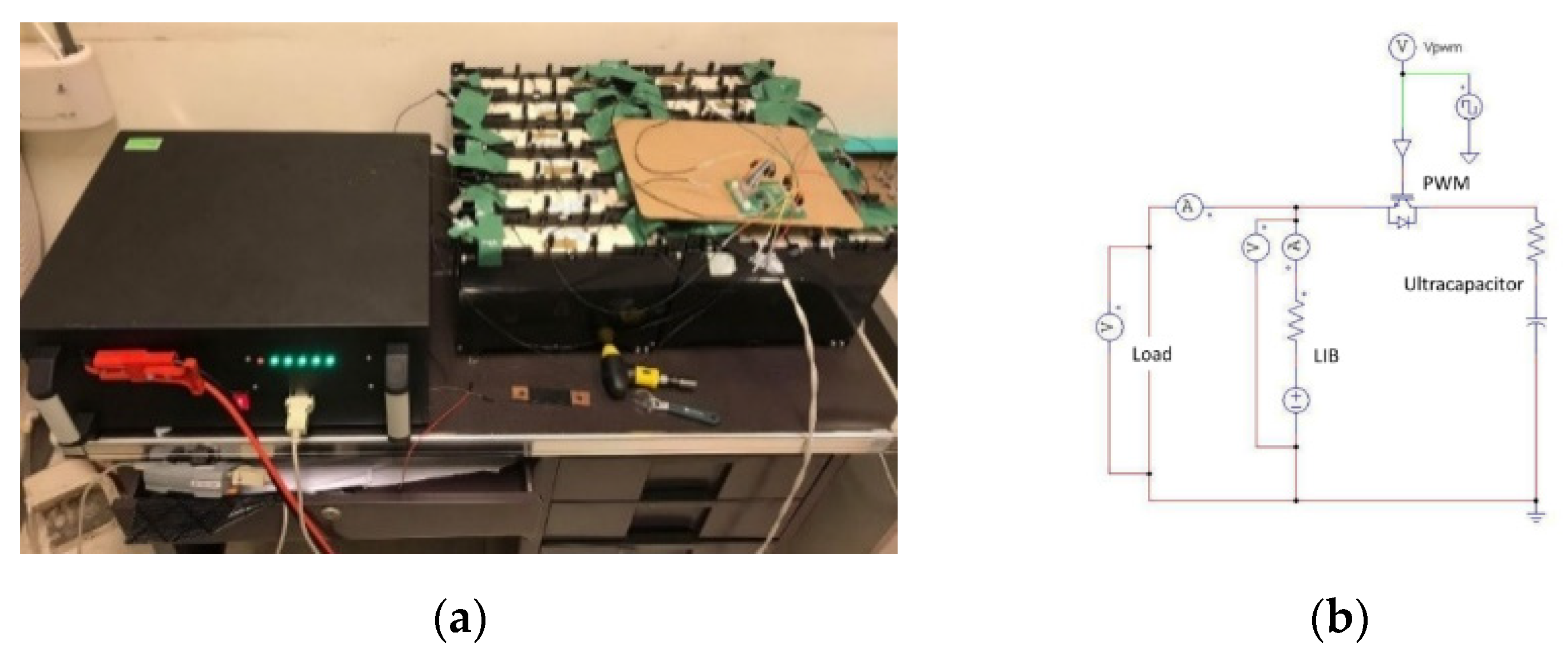
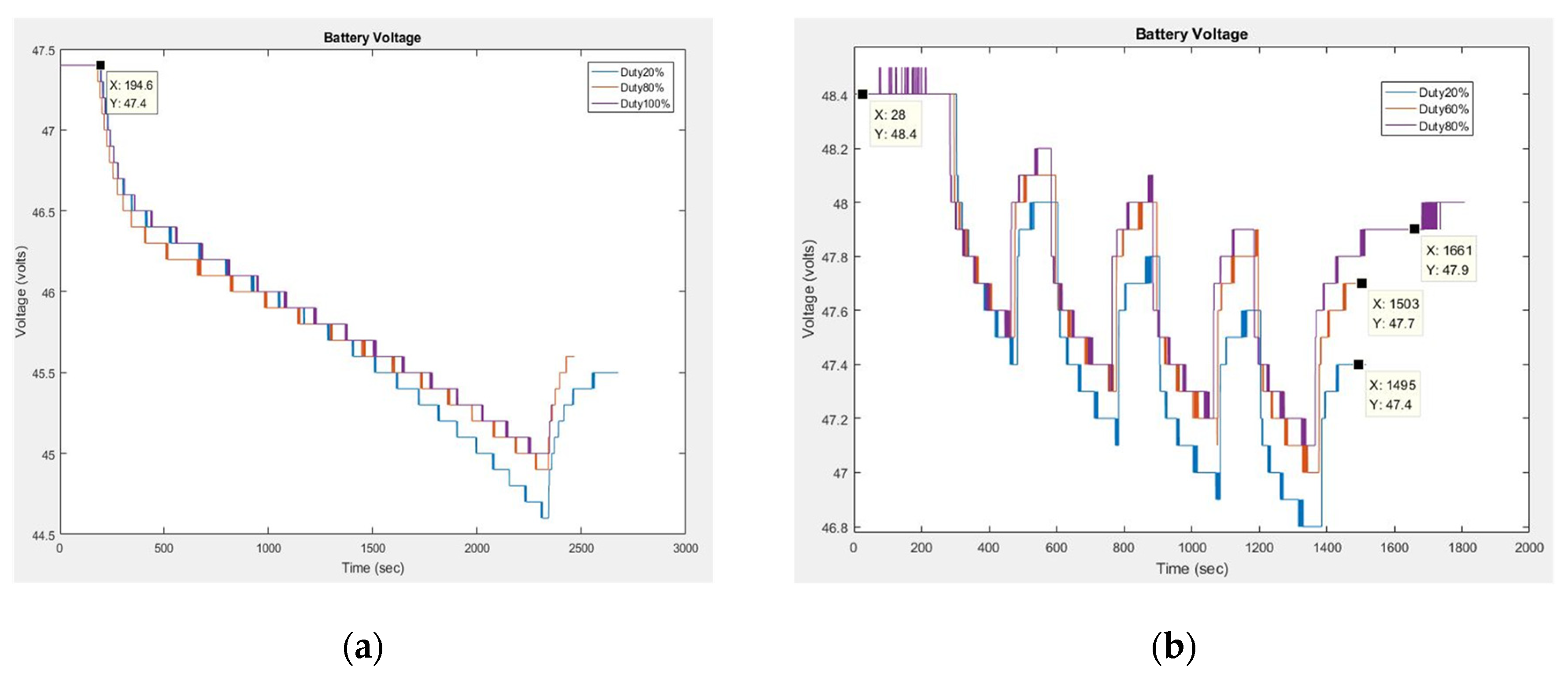
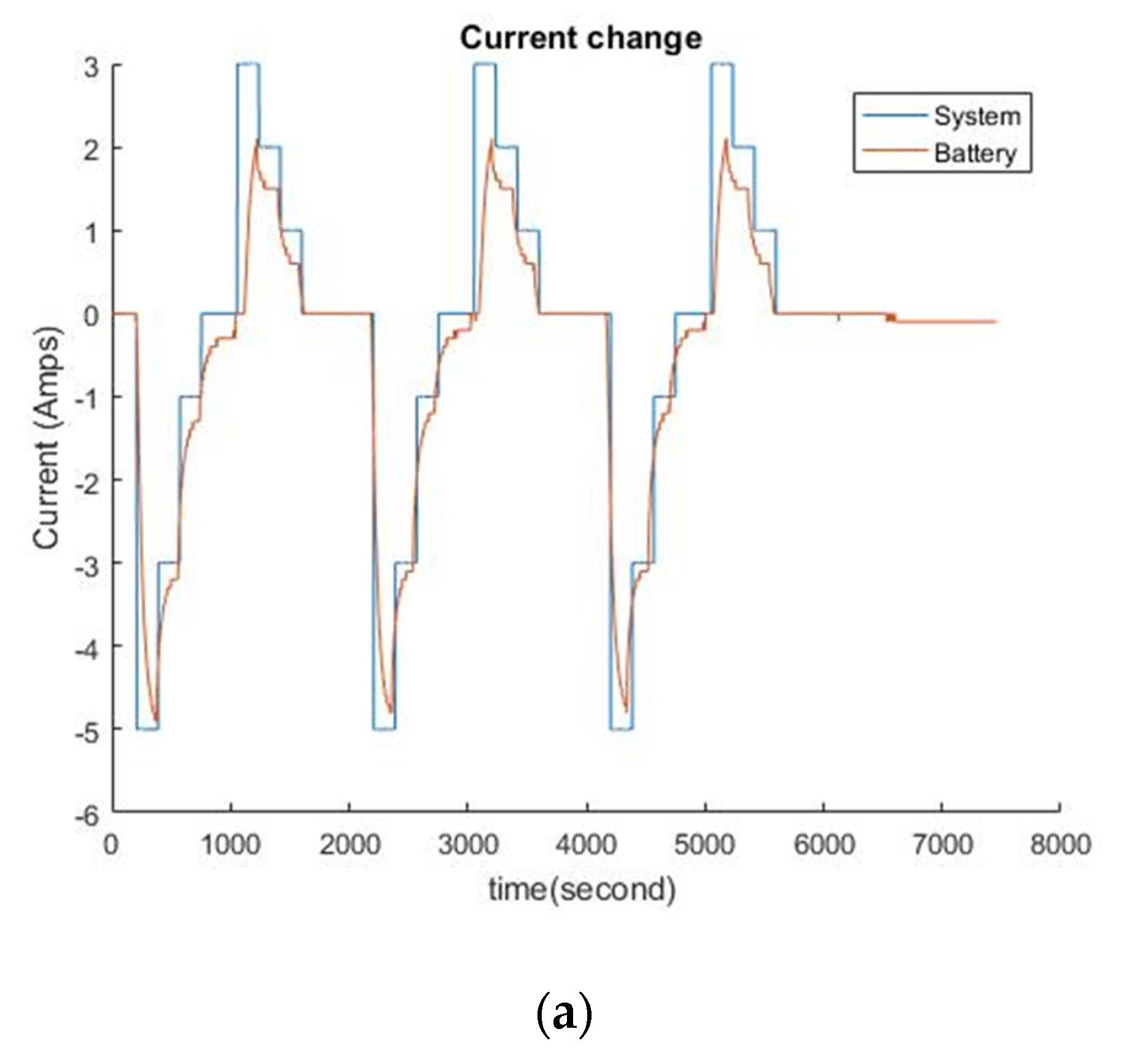
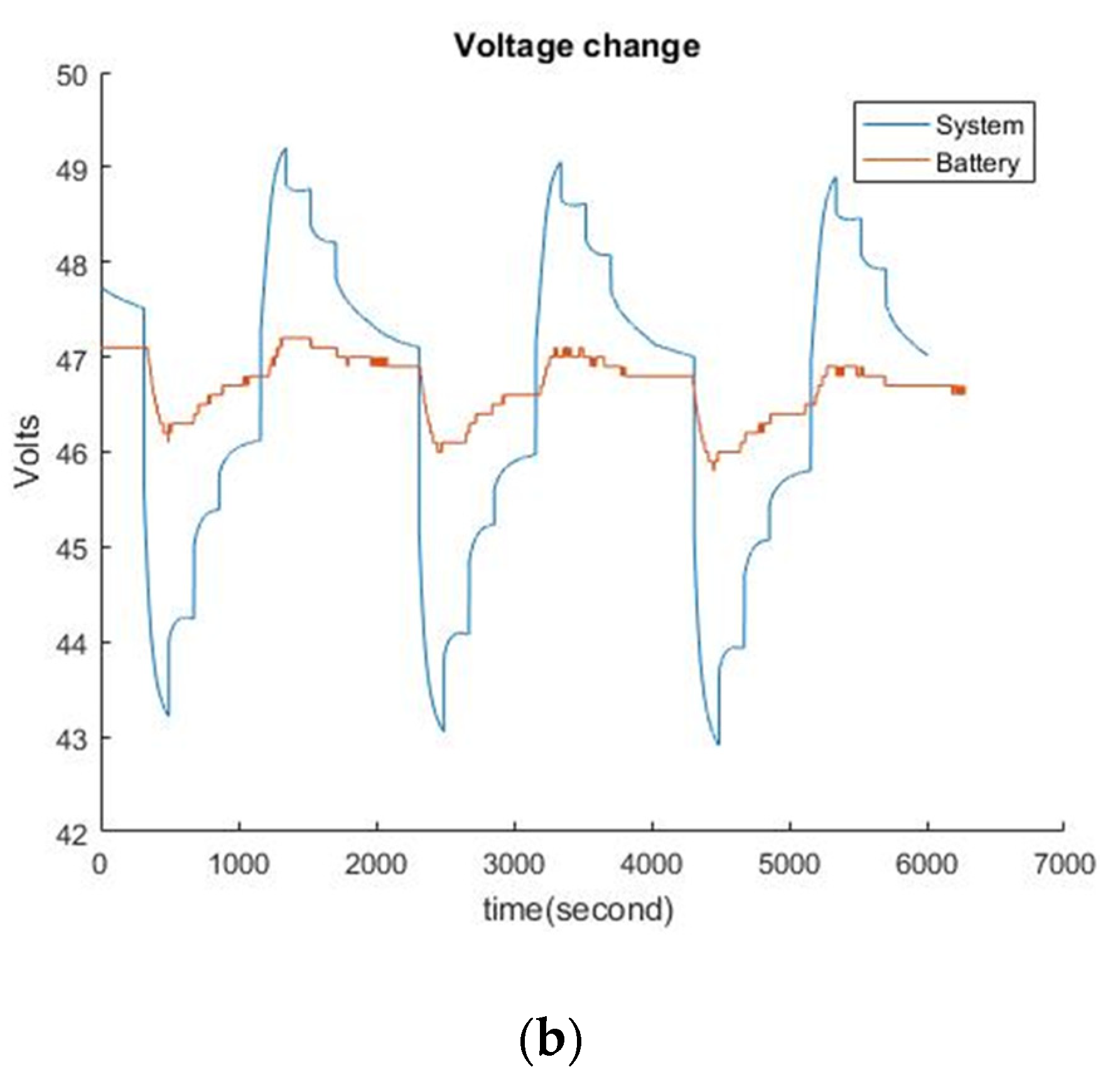
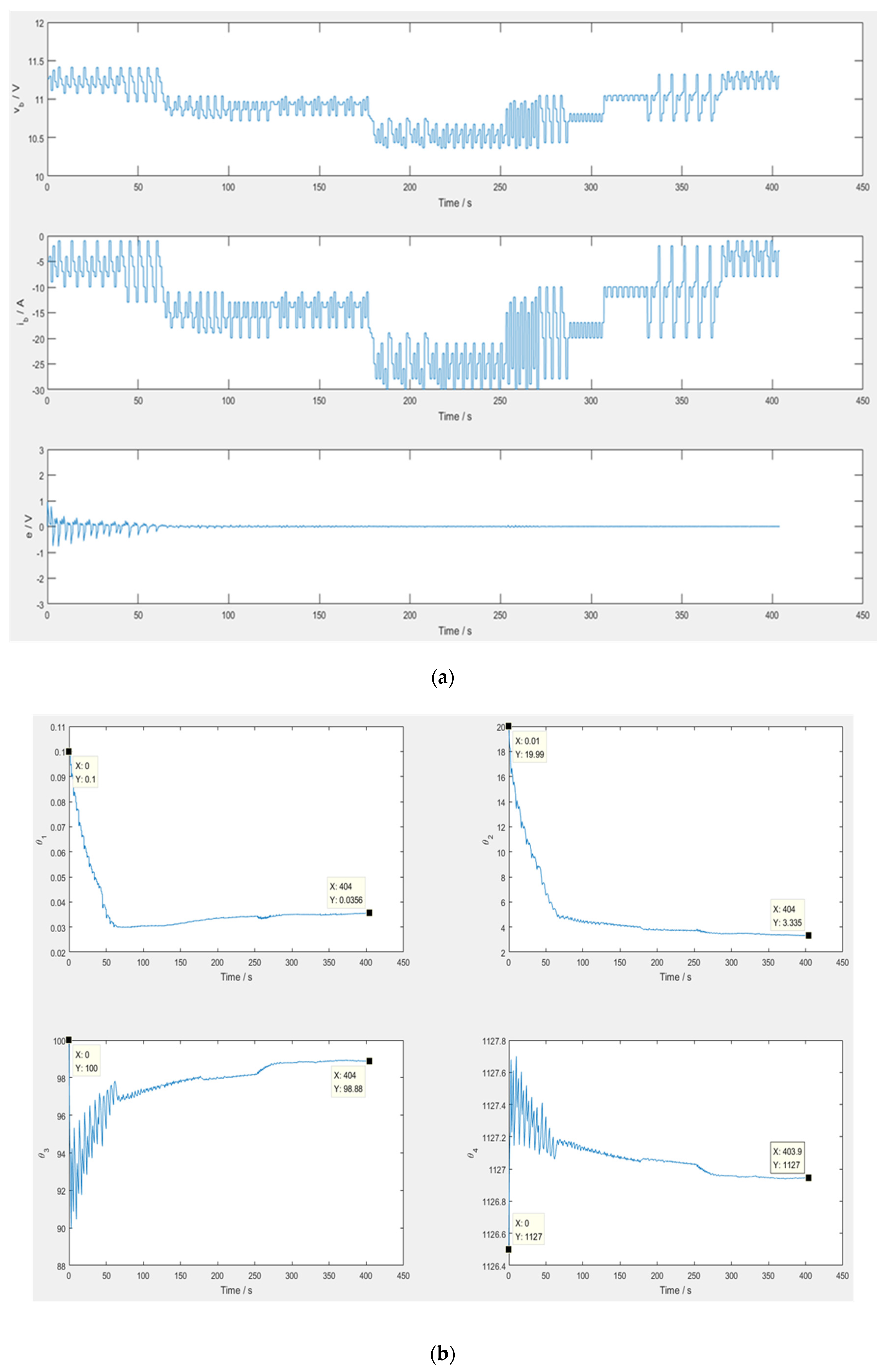
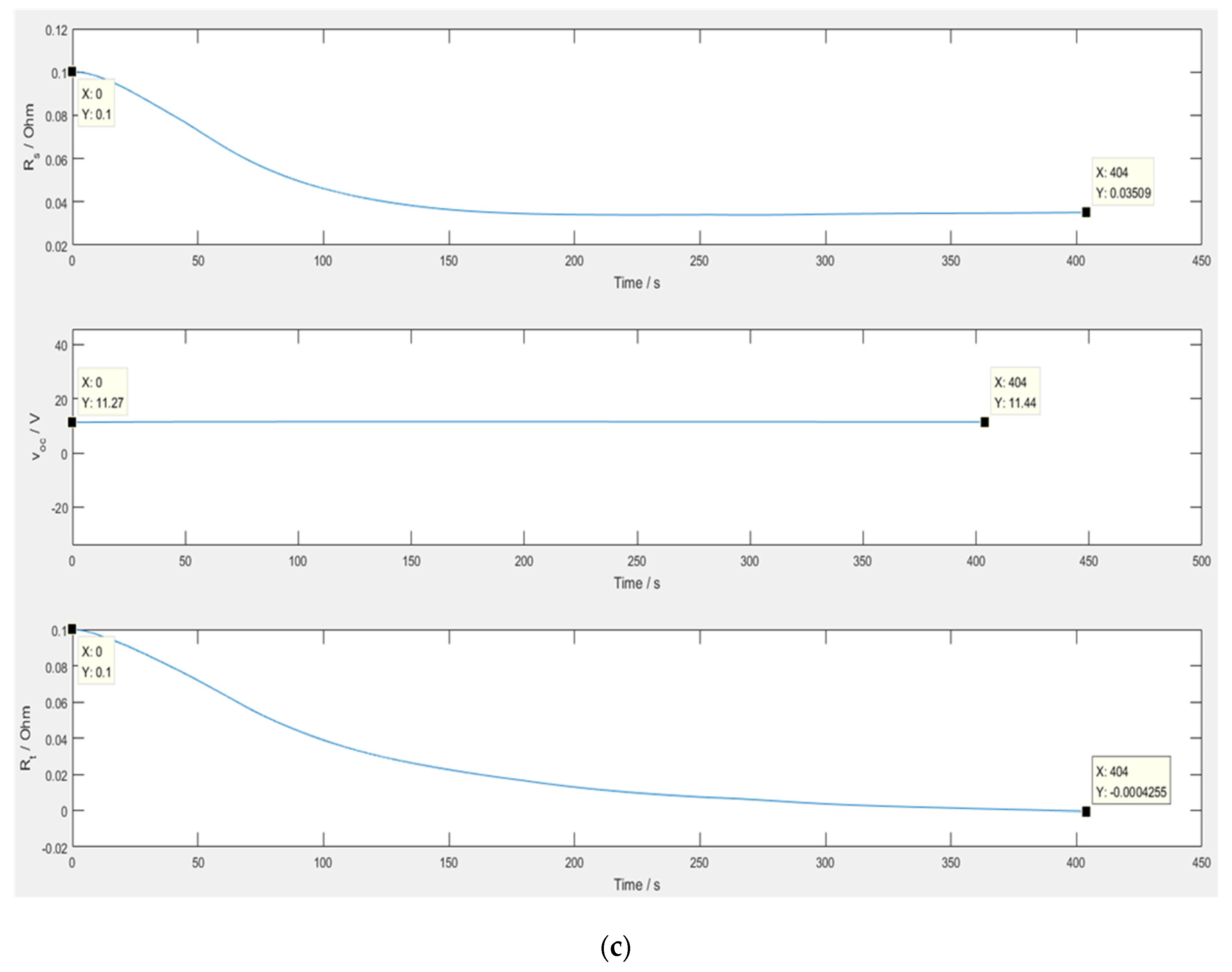
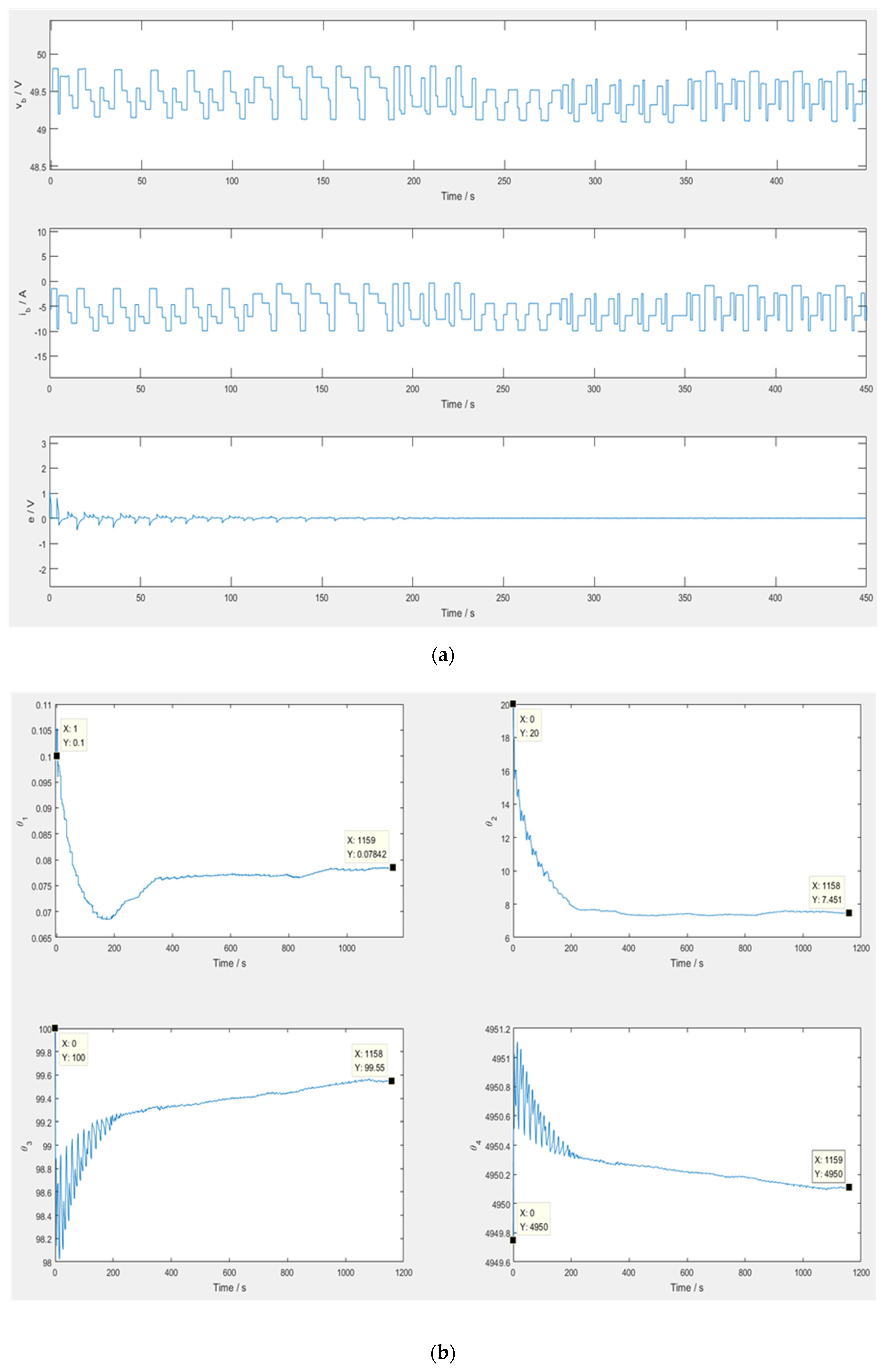
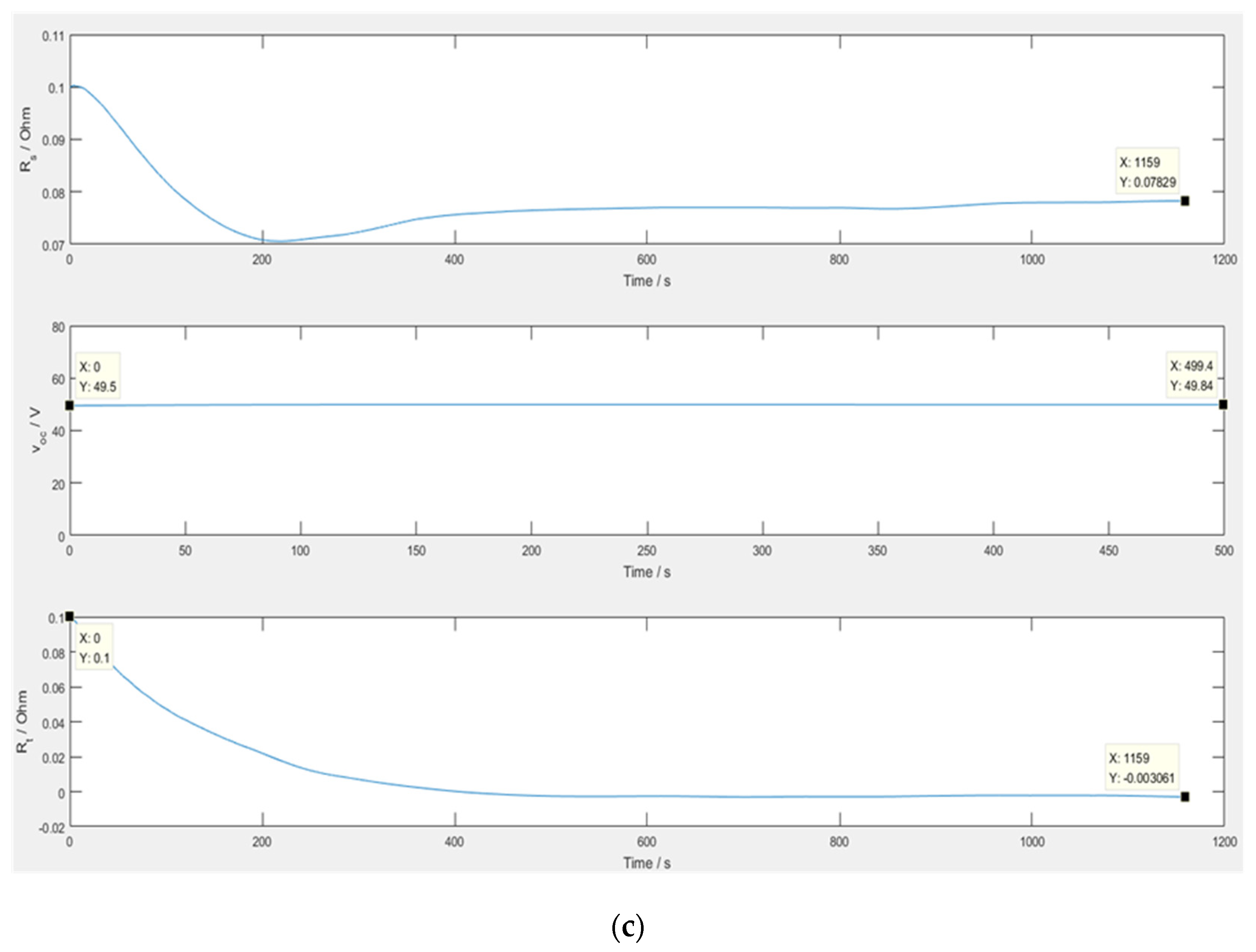
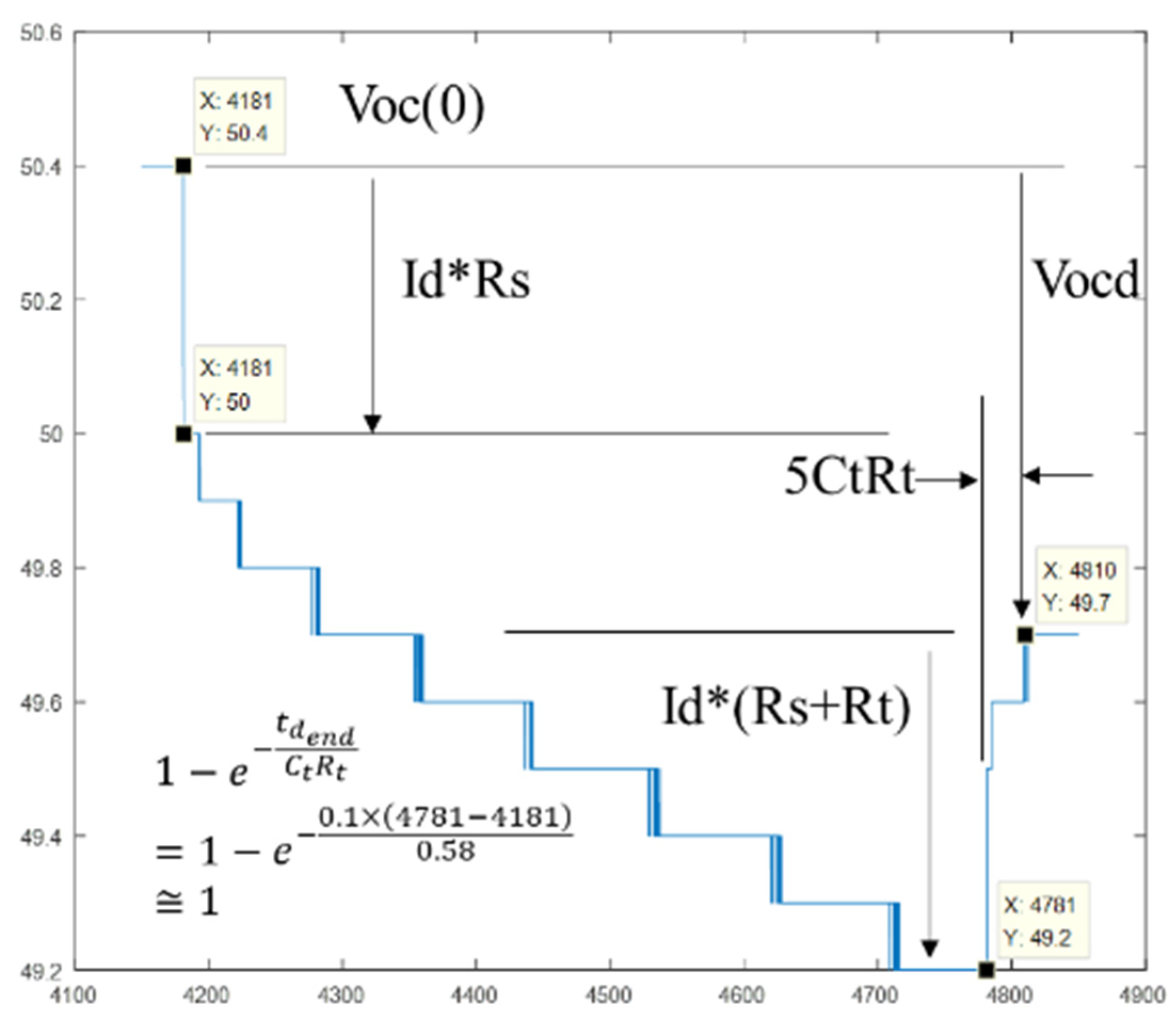

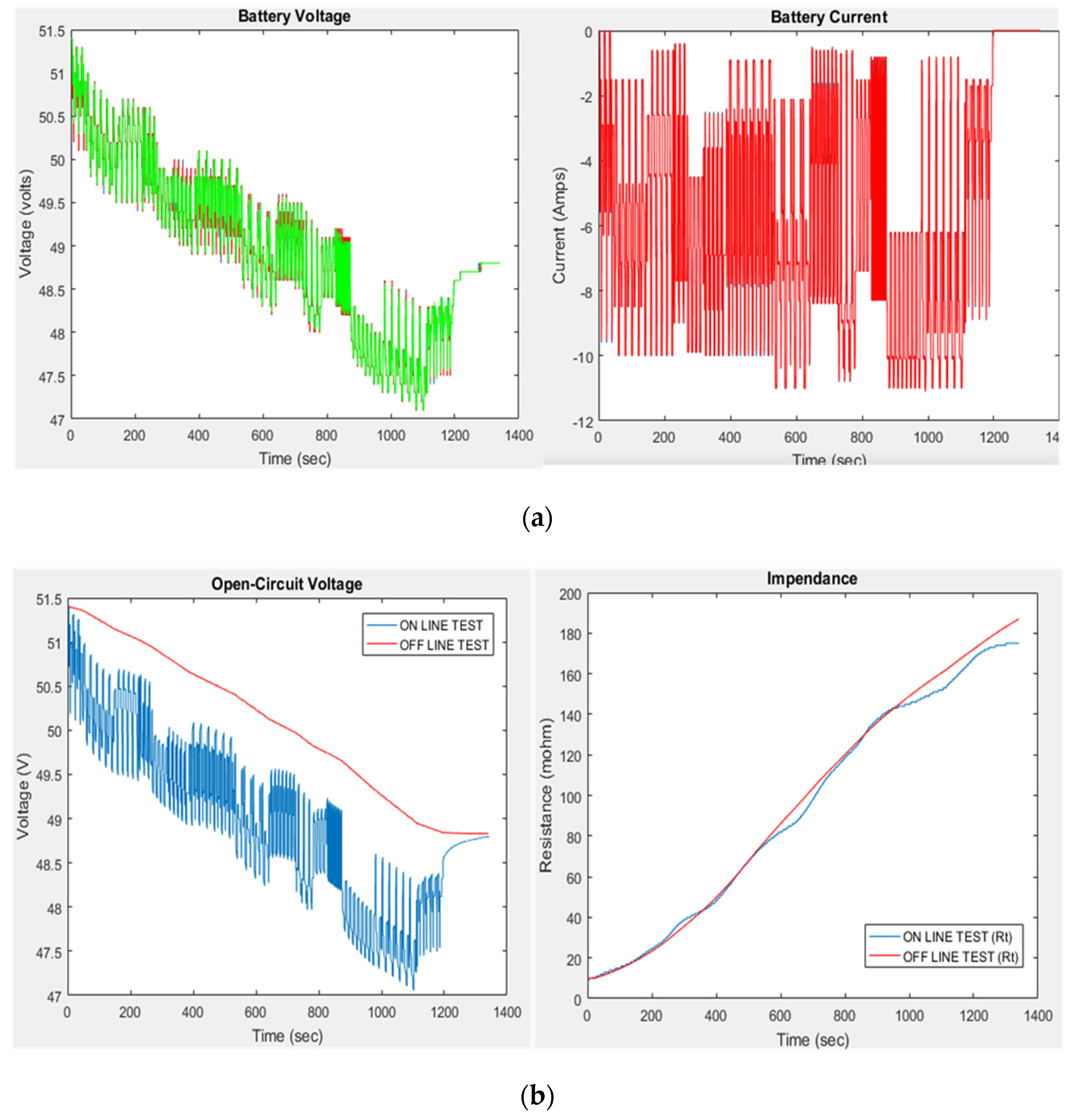
© 2020 by the authors. Licensee MDPI, Basel, Switzerland. This article is an open access article distributed under the terms and conditions of the Creative Commons Attribution (CC BY) license (http://creativecommons.org/licenses/by/4.0/).
Share and Cite
Yuan, W.-P.; Jeong, S.-M.; Sean, W.-Y.; Chiang, Y.-H. Development of Enhancing Battery Management for Reusing Automotive Lithium-Ion Battery. Energies 2020, 13, 3306. https://doi.org/10.3390/en13133306
Yuan W-P, Jeong S-M, Sean W-Y, Chiang Y-H. Development of Enhancing Battery Management for Reusing Automotive Lithium-Ion Battery. Energies. 2020; 13(13):3306. https://doi.org/10.3390/en13133306
Chicago/Turabian StyleYuan, Wen-Poo, Se-Min Jeong, Wu-Yang Sean, and Yi-Hsien Chiang. 2020. "Development of Enhancing Battery Management for Reusing Automotive Lithium-Ion Battery" Energies 13, no. 13: 3306. https://doi.org/10.3390/en13133306
APA StyleYuan, W.-P., Jeong, S.-M., Sean, W.-Y., & Chiang, Y.-H. (2020). Development of Enhancing Battery Management for Reusing Automotive Lithium-Ion Battery. Energies, 13(13), 3306. https://doi.org/10.3390/en13133306





